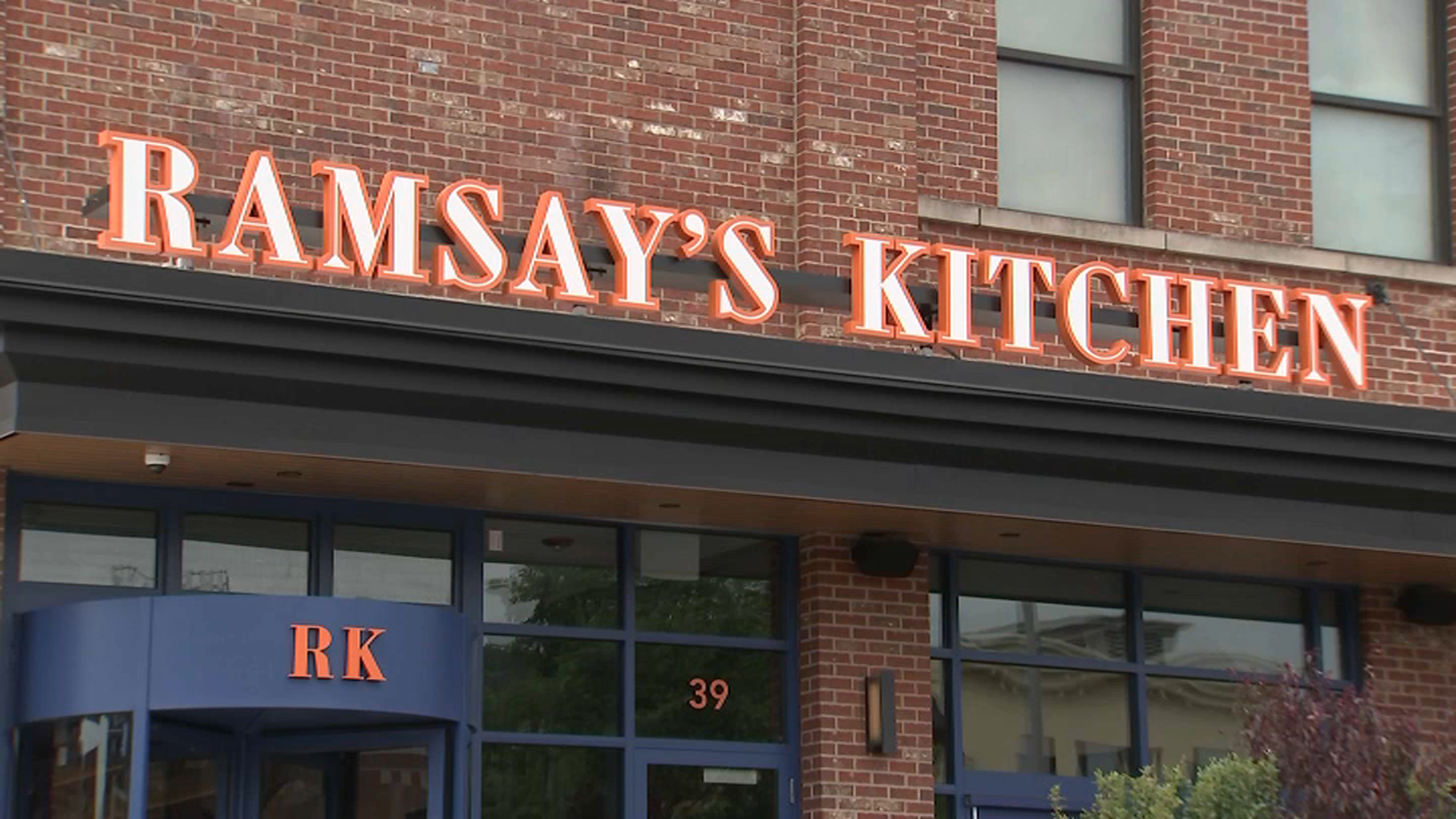What exactly is your brand?
The best way I have heard it described is that your brand is what your customers think about you.
With the advent of the Internet, social media and advancements in mobile, consumers are now able to interact with your brand on a whole new level. This is requiring businesses to reconsider how they chose to approach both the consumption and communication of their brands.
Recently at SXSW I met with Glenn Platt and Peg Faimon, co-directors of the Armstrong Institute for Interactive Media Studies at Miami University. They presented a core-conversation titled “Your Brand as an API”. At the root of the conversation is approaching brand-building as an open source.
In one of their slides they defined branding in today’s world:
Is a Brand a Promise?
A brand is the fulfillment of the promise. A brand is not a fantasy or ideal. It is the reification [making something real] of the intangible. It is born out in action, ownership, connection, and tethering. (For the whole slide deck you can visit slideshare here.
Local
As the consumer experiences your brand, do they interact with your brand in an open system or closed system?
The method decades ago would be considered a closed system, similar to a board game. One path, one outcome, limited flexibility and a shelf life because once you complete the game you will then only be able to replay the same game towards a similar outcome.
The new method, proposed by Platt and Faimon, is that your brand becomes an open brand for the consumer to choose how they interact, and to some extent consume, your brand. A great example is a deck of cards that can be played many ways and even with external tools such as a cribbage board. One deck unlimited options for interaction and expression.
They went on to explain that in order to achieve this capability you must drill down to the primitives of your brand. These are the basic ingredients. Taking cookies as an example: You can provide all the ingredients including baking powder, eggs, and flour (or the primitives) and then give the consumer the freedom to choose how they make the final cookie (in this case your brand).
The second component is allowing the consumer the choice of interaction and consumption. You can allow the consumer the opportunity to consume the cookie in any way including raw inside ice cream if they choose.
You can quickly see where this becomes interesting. A good example of this is the company Amazon. As a user you are able to choose which service fit your needs and the way in which you interact with those services. From storage on Amazons servers, to buying books, to watching movies… the consumer is able to customize their experience with in each of these separate brands.
With properly defined primitives and creatively constructing flexible environments you can provide your market the option to build your brand to the way that fits them best.
Jabez LeBret is the author of the Amazon No. 1 bestselling law office marketing book How to Turn Clicks Into Clients. As a partner at Get Noticed Get Found, a legal marketing agency, over the last nine years he has delivered over 800 keynote addresses in six countries. His main area of expertise is managing Gen Y in the workplace, advanced Facebook strategies, LinkedIn strategies, Google+, SEO, local directory optimization, and online marketing.



